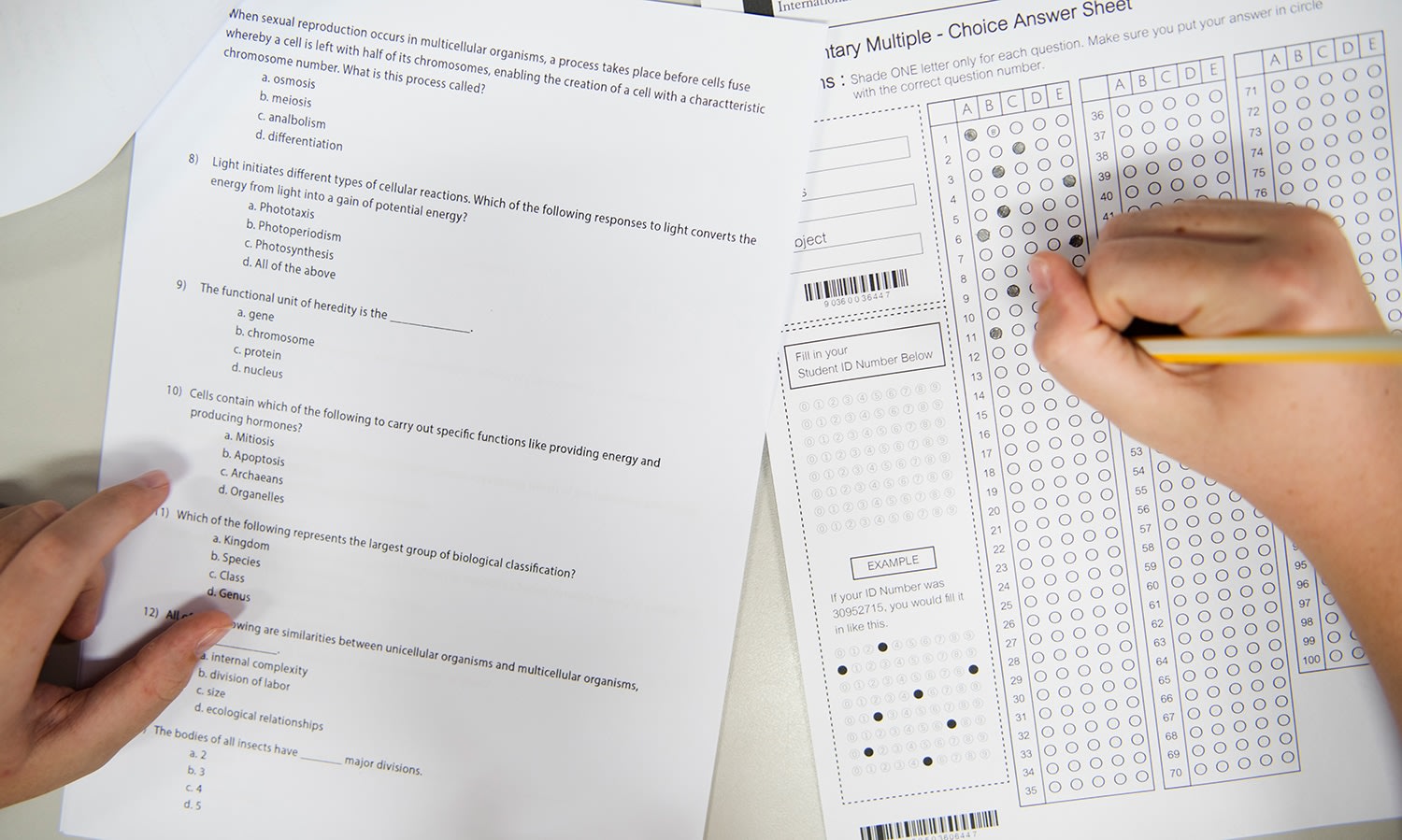The National Assessment Program – Literacy and Numeracy (NAPLAN) is a significant component of Australia’s education system, aimed at assessing the literacy and numeracy skills of students. This standardized testing regime, introduced in 2008, plays a pivotal role in monitoring the educational progress of students across the country. Let’s delve deeper into the workings, controversies, and impacts of Naplan test.
Overview of NAPLAN Tests
NAPLAN tests are conducted annually for students in years 3, 5, 7, and 9, covering four key domains: reading, writing, language conventions (spelling, grammar, and punctuation), and numeracy. These tests are designed to provide a snapshot of each student’s skills and the overall effectiveness of the education system.
Purpose and Benefits
The primary goal of NAPLAN tests is to identify areas where students may need additional support and to help schools and education authorities improve their teaching methods. By evaluating student performance against national benchmarks, NAPLAN assists in measuring educational outcomes and ensuring accountability.
Controversies Surrounding NAPLAN
Despite its intended benefits, NAPLAN has sparked considerable debate and criticism:
- Teaching to the Test: Concerns have been raised that the focus on NAPLAN results may lead to a narrowing of the curriculum, with teachers concentrating more on test preparation than on broader educational goals.
- Stress and Anxiety: Some students experience stress and anxiety related to the tests, impacting their well-being and potentially skewing results.
- Public Reporting: The publication of school results on the My School website has been contentious, as it can oversimplify school performance and contribute to unfair comparisons.
Impacts on Education Policy
NAPLAN results influence education policy and funding decisions at both state and federal levels. Schools use the data to identify areas for improvement and to develop targeted interventions to support struggling students.
Future Directions
In recent years, there has been a push for reforms to NAPLAN, including potential changes to the testing format, frequency, and how results are used. These discussions aim to strike a balance between accountability and the broader goals of education, ensuring that NAPLAN remains relevant and beneficial to students, teachers, and policymakers alike.
